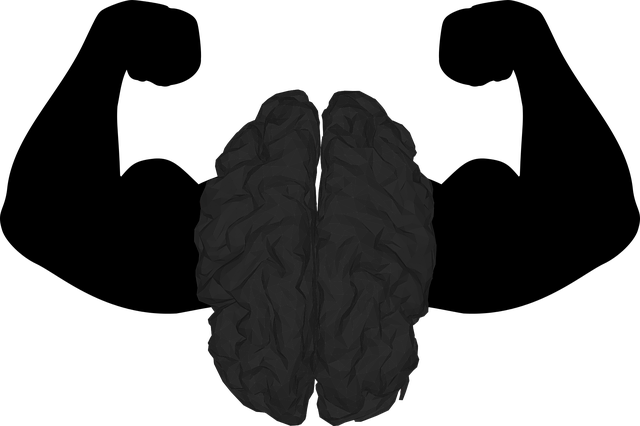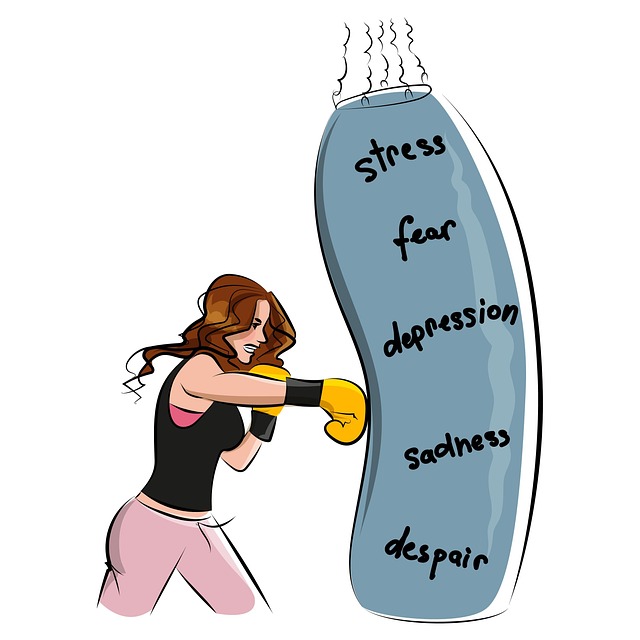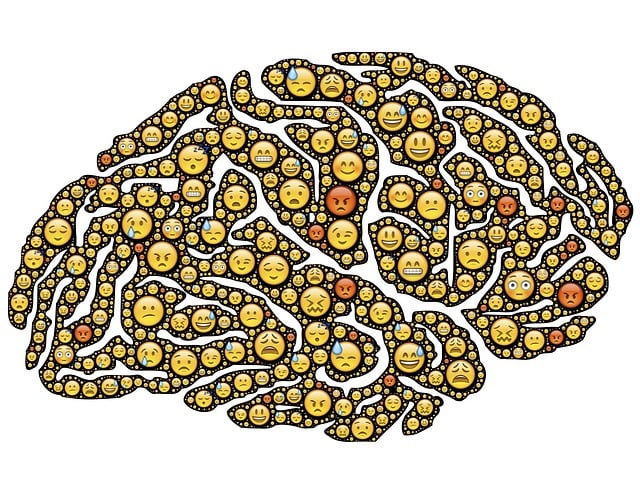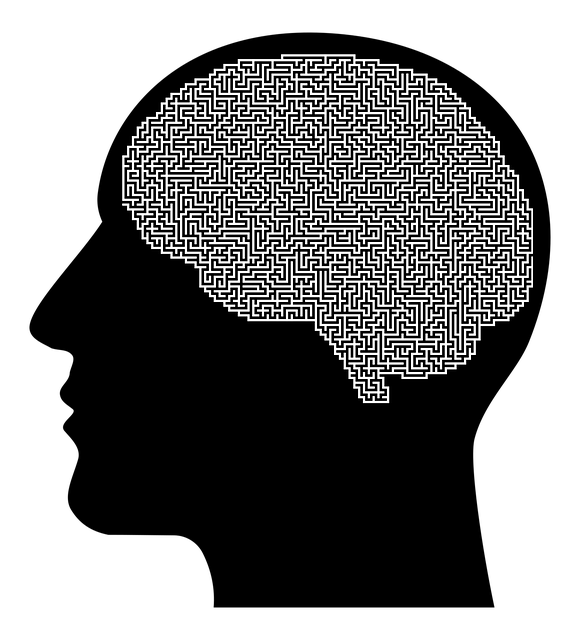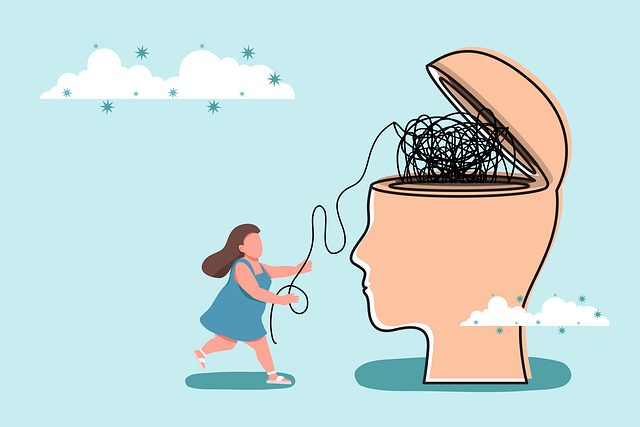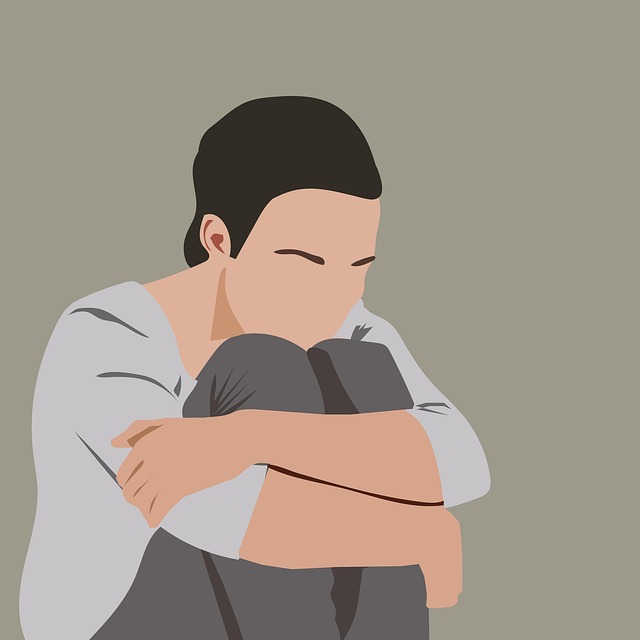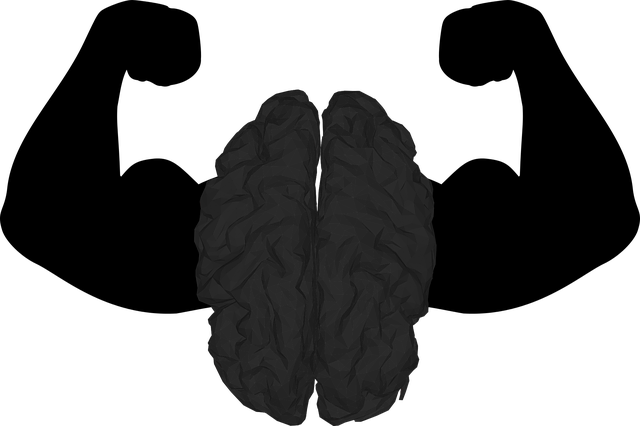Risk assessment is critical in creating safe environments for adolescent teens who are sexual abuse survivors, guiding therapists in implementing strategies like adjusted therapy approaches, secure settings, and crisis management. This process encourages self-care development, reduces mental illness stigma, and promotes overall wellness. Specialized therapy empowers teens to cope with trauma, build resilience, and gain healthy coping mechanisms. A comprehensive harm minimization plan, integrating psychology, social work, and healthcare disciplines, is vital for effective treatment. Regular reassessments ensure interventions adapt as teens grow. Prompt monitoring and structured environments support healing, rebuilding trust, and enhancing mental health policy access for tailored survivor therapy.
Risk assessment and harm minimization planning are critical components in creating safe environments, especially for adolescent teens who have experienced sexual abuse. This comprehensive guide explores each step from understanding risk assessment as a cornerstone of safety to implementing tailored interventions that foster resilience. By identifying unique risks and employing effective strategies, professionals can ensure continuous support and safety for sexual abuse survivors navigating therapy.
- Understanding Risk Assessment: A Cornerstone for Safe Environments
- Identifying Potential Hazards: Exploring the Unique Risks for Adolescent Teens
- Harm Minimization Strategies: Building Resilient Coping Mechanisms
- Creating a Comprehensive Plan: Tailoring Interventions for Individual Needs
- Implementing and Monitoring: Ensuring Continuous Support and Safety
Understanding Risk Assessment: A Cornerstone for Safe Environments

Understanding risk assessment is paramount in creating safe environments, especially for vulnerable populations like adolescent teens who are sexual abuse survivors. It involves a thorough analysis of potential hazards and their likelihood to cause harm. For therapy sessions focusing on mental illness stemming from such trauma, this process becomes a cornerstone for effective harm minimization planning.
By assessing risks, therapists can proactively implement strategies to safeguard clients during treatment. This may include adjusting therapy approaches, ensuring secure settings, and establishing crisis management protocols. Moreover, it aids in fostering an environment that encourages self-care routine development for better mental health and overall wellness, while also aiming to reduce the stigma associated with mental illness through supportive care and understanding.
Identifying Potential Hazards: Exploring the Unique Risks for Adolescent Teens

Identifying potential hazards is a critical step in risk assessment and harm minimization planning, especially when focusing on adolescent teens, a demographic with unique risks and challenges. For sexual abuse survivors among this age group, therapy plays a pivotal role in addressing complex issues stemming from such traumatic experiences. The therapeutic process empowers teens to develop coping skills, a vital tool for navigating the stress and emotional turmoil that may arise.
Through specialized therapy, adolescents can learn effective stress reduction methods tailored to their specific needs. This includes exploring healthy ways to express emotions, regulate their feelings, and build resilience against potential triggers or re-traumatization. By focusing on these aspects, therapists help survivors heal, fostering a sense of safety and empowerment that is crucial for their overall well-being and future success.
Harm Minimization Strategies: Building Resilient Coping Mechanisms

Harm Minimization Strategies focus on empowering individuals, especially adolescents who have experienced sexual abuse, to develop resilient coping mechanisms. This involves a multi-faceted approach tailored to meet their unique needs. One key component is providing access to appropriate therapy and counseling services that are specialized for this demographic. Such therapy can help teens process trauma, build self-esteem, and acquire healthy coping strategies.
Additionally, resilience building through social skills training and Healthcare Provider Cultural Competency Training has proven effective. These programs not only teach essential social interactions but also ensure survivors feel understood and supported. By fostering a sense of belonging and empowering them with knowledge about their rights and available resources, these strategies contribute to the overall harm minimization process, paving the way for a brighter future for sexual abuse survivors.
Creating a Comprehensive Plan: Tailoring Interventions for Individual Needs

Creating a comprehensive risk assessment and harm minimization plan is essential when supporting therapy for adolescent teens sexual abuse survivors. This process involves tailoring interventions to meet individual needs, ensuring that each survivor receives care that is both sensitive and effective. A well-crafted plan should consider the unique circumstances and trauma responses of each teen, incorporating strategies from various disciplines such as psychology, social work, and healthcare.
By integrating burnout prevention strategies for healthcare providers, the support system can maintain stability and consistency, which are crucial for positive thinking and mental wellness among survivors. This holistic approach recognizes that recovery is not just about addressing past trauma but also fostering resilience and promoting overall well-being. It involves regular reassessments to adapt interventions as teens grow and their needs evolve, ensuring a supportive environment that empowers them on their journey towards healing.
Implementing and Monitoring: Ensuring Continuous Support and Safety

Implementing and monitoring harm minimization strategies is an ongoing process that demands commitment and adaptability. For adolescents who have experienced sexual abuse, continuous support and safety are paramount to their healing journey. This involves creating a structured environment where survivors can feel secure and begin to rebuild trust. Therapy sessions tailored to their needs, such as cognitive-behavioral therapy (CBT) or trauma-focused care, play a crucial role in processing emotions, fostering resilience, and enhancing coping mechanisms.
Regular evaluation of these strategies is essential to identify areas that require adjustment. By closely monitoring the progress and well-being of each survivor, support systems can quickly respond to emerging challenges. This proactive approach ensures that any signs of burnout or relapsing symptoms are addressed promptly, promoting a safe space for recovery. Moreover, engaging in Mental Health Policy Analysis and Advocacy can contribute to improving resources and services accessible to adolescents, ultimately strengthening the framework for harm minimization and enabling them to rebuild confidence and a positive sense of self.
Risk assessment and harm minimization planning are essential components in fostering safe environments, especially for adolescents. By understanding unique risk factors and implementing tailored interventions, we can build resilient coping mechanisms that support the well-being of young individuals, including those who have experienced sexual abuse. Continuous monitoring and adaptation ensure ongoing safety and guidance, empowering teens to navigate challenges and thrive. This comprehensive approach, focusing on therapy for adolescent teens sexual abuse survivors, is crucial in creating a supportive network that promotes healing and personal growth.
